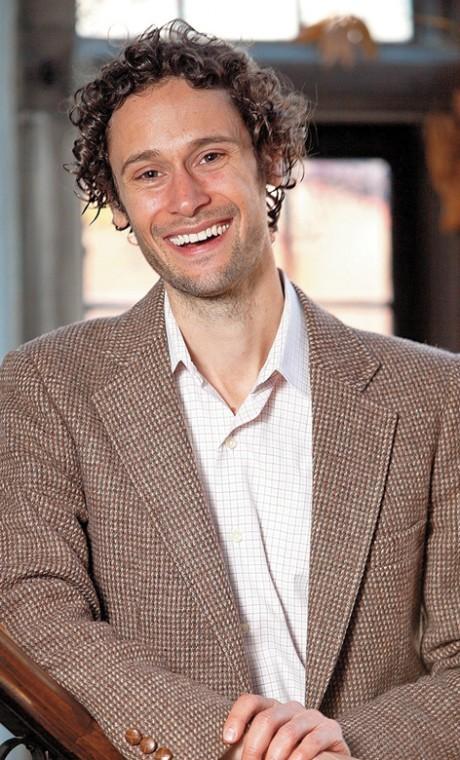How to Eat Matzah
Published April 4, 2012
I admit that I have a love affair with matzah. From the simplicity of matzah spread thick with whipped cream cheese, to the burnt edges of the hand-made shmura matzah.
Yet, there is more to matzah than its mouth feel. Indeed matzah has personality, and in the context of the Passover seder, four distinct identities.
Matzah makes its first appearance of the evening early on in the yachatz section of the seder. Here we break the matzah into two pieces, one large piece which will be reserved for the afikoman, and one small piece that is referred to in the subsequent portion of the hagadah as the lachmah anya, the bread of affliction. Anya (Aramaic), or its Hebrew equivalent, oni, relates to poverty, humility and hardship. We raise this small piece of matzah inviting into our homes all those who are hungry and in need, declaring, “Now we are slaves. In the coming year we will be free.”
We transport and transform ourselves to feeling as if we are, in the here and now, slaves, while at the same time envisioning the possibility for freedom. It is here, that matzah takes on its slave identity which will remain for most of the Hagadah.
As the magid section of the Hagadah draws to a conclusion, we read of Raban Gamliel who reminds us that if, during all of the excitement of the seder one does not mention the three critical characters of the seder itself, pesach, matzah, and maror, s/he has totally missed the point.
‘Why do we eat matzah,’ the Hagadah asks. “For the Israelites baked unleavened bread, because they were thrust out of Egypt and could not tarry.” All of a sudden, matzah transforms from a bread of slavery to a bread of freedom, of possibility and liberation. That is, matzah comes to represent the flurry and hope of leaving Egypt’s bondage.
Finally, we get to eat. Some bitter herbs, generally some charoset, all on Hillel’s matzah sandwich, Korech. Just before we indulge we say of the Hillel sandwich, “In remembrance of the holy Temple”. Here, matzah makes its third move, from a matzah of the present (remember the refrain of Ha Lachmah Anya, ‘Now we are slaves’…), to a matzah of the past, a matzah of memory. Not necessarily a memory of what is missing, though there is room to assert that here too, but more importantly the matzah of the Hillel sandwich represents a time when we were living on our land and we enjoyed national freedom. But still our redemption was not complete.
The Passover meal draws to an end and with it the final tastes of matzah on our palate, the afikoman/tzafun. After a long meal with abundant storytelling, oddly here, at tzafun we utter no words and read no texts as we eat the last bits of matzah for the evening. We hear only the sound of crunching. In every other instance where we have met matzah at the seder we have read some accompanying piece. Here we are silent.
Why is this?
Perhaps this silence is here to indicate to us that saying is not the same as being. Throughout the Hagadah we read lyric and verse to describe matzah’s changing identity. Yet here, we read nothing.
It is in this silence, that we are prompted to just be, to be with our thoughts, to be with each other and to be with a matzah that has transformed into its fourth and most profound meaning.
Up until now the Hagadah story is about incompleteness, and the process of becoming, i.e. eating from the smaller piece of matzah way back at yachatz to indicate the brokenness, the neediness of slavery. Now we enjoy the remaining big piece of the afikoman to symbolize completeness and wholeness. In this arc of the ritual, we tell a story of possibility of growth, of actualization and completion. Matzah becomes the symbol of true universal freedom.
As we eat our matzah this year, let us remember that through the process of the seder, we order and celebrate the possible meanings of matzah to create a sequence that takes us from slavery to universal freedom. It is through this ordering, in fact through our eating that we consume matzah and digest the layers of its meaning.















